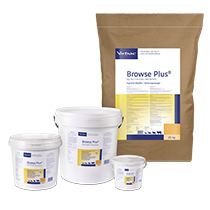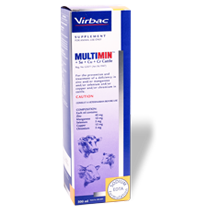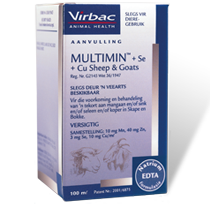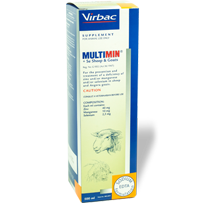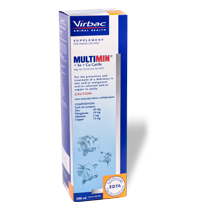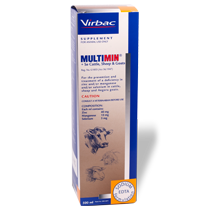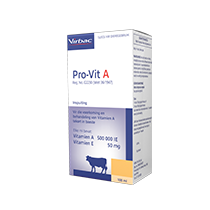
High density grazing, aids, and the financial advantage
Dr Martin Ferreira was one of the key presenters at a farmers’ day on 4 February 2020 at Rysmierbult. The theme was high density grazing and Virbac was one of the sponsors. Here is a short summary of Dr Ferreira’s presentation:
The current discussion points amongst today’s farmers include foot-and-mouth disease, biosecurity, traceability, and the use of high density grazing to increase the animal numbers on the farm without having to expand horizontally.
High density grazing entails the abnormal increase in cattle numbers (many animals for a short time) in relation to the available grazing’s capacity.
High density grazing is accompanied by:
- Intensive management programmes – water supply, fencing of animals, health, supplements, etc.
- Animals adapting to these circumstances.
- The culling of animals unable to adapt to the system satisfactorily.
- Stress on animals that can have a negative effect on production, reproduction, and immunity.
- The forced utilisation of ALL available plant material.
- The use of aids to improve digestion and reduce stress.
The purpose of the aids (supplements) is to support the animals and, therefore, achieve:
- Increased production (muscle/milk).
- More effective utilisation of feed and improved feed conversion.
- Reduced stress and improved immunity.
- Improved reproductive performance.
- Success with the nutritional sources’ synergies.
Supplements must be administered to the animals at the right time to ensure optimal results. The most effective supplements used during mob grazing include:
- Digestive modifiers (Browse Plus) – leads to improved efficiency of feed conversion (optimal protein and energy utilisation).
- Trace minerals (Multimin) – reduce stress and improve liver function, immunity, and fertility.
- Vitamins A and E (ProVit A) – support trace minerals (synergism) and improve general health.
For optimal utilisation of grazing, the following considerations are important and the supplements must, therefore, be positioned in such a way as to deliver the optimal results:
- Palatability (intake) of dry feed must be improved.
- Digestibility and nutritional value must be improved.
- Rumen organisms must stay healthy.
- The negative effect of tannins and resins must be neutralised.
- Fibre content and fibre digestion must be kept in mind – timeliness of supplements.
- All the above points must contribute to an increase in digestion tempo and throughput in the rumen.
- The apparent satiated animals that are reluctant to graze and just want to lie down at licks troughs, must be converted to animals that are keen to graze.
The above principles have been applied recently during a trial lasting 117 days. The results can be summarised as follows:
For more information regarding the trial layout, contact Dayle Forsyth at dayle.forsyth@virbac.co.za or your Virbac Technical Sales Advisor.

